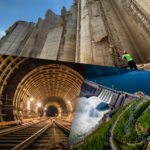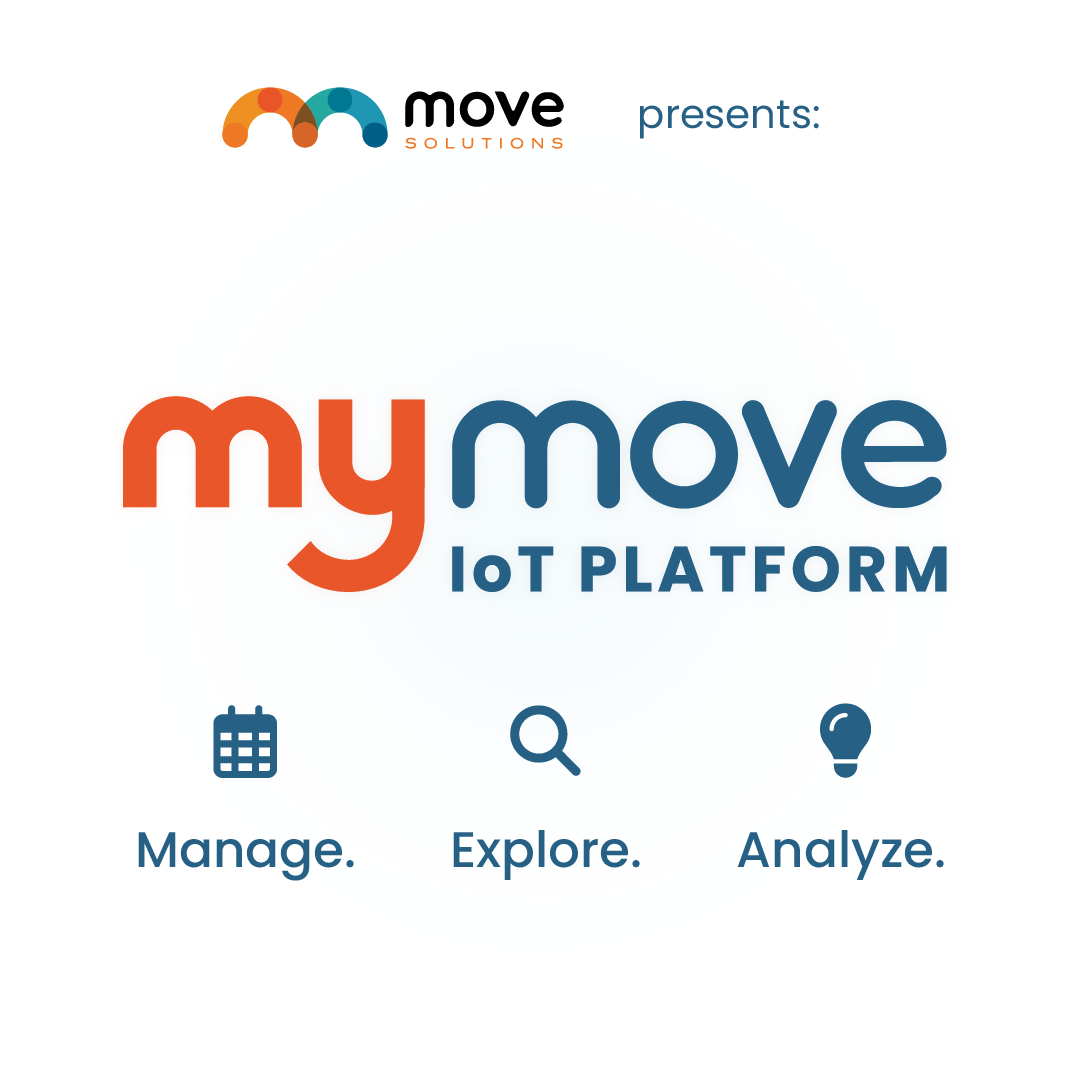The Growing needs of Structural Health Monitoring: embracing smart solutions for remote monitoring and analysis
June 2023
Structural health monitoring (SHM) plays a critical role in ensuring the safety, reliability, and longevity of infrastructure assets such as bridges, buildings, and offshore structures. As our infrastructure systems become more complex, there is an increasing need for effective monitoring and timely detection of structural anomalies. To meet these demands, the industry is evolving towards smart SHM solutions that leverage wireless sensors and online platforms for remote monitoring and data analysis.
The rise of Smart SHM solutions
Traditional SHM methods often involve manual inspections and periodic data collection, which can be time-consuming, costly, and sometimes inadequate for capturing real-time structural behavior. However, advancements in wireless sensor technology have revolutionized the field of SHM. Wireless sensors enable continuous monitoring, offering valuable insights into the structural integrity and performance. These sensors can be easily deployed in remote or hard-to-reach locations, providing a comprehensive view of structural health.
In parallel, online SHM platforms have emerged as powerful tools for remote monitoring and data analysis. These platforms enable real-time data acquisition, storage, and analysis, empowering engineers and stakeholders to make informed decisions quickly. By harnessing the power of cloud computing and data analytics, online SHM platforms facilitate early detection of structural anomalies, enabling proactive maintenance strategies and reducing the risk of catastrophic failures.
Key needs of the Structural Health Monitoring industry
The increasing complexity and aging of infrastructure assets have created several key needs within the SHM industry, driving the adoption of smart solutions:
- Continuous monitoring: structures are subject to various dynamic loads and environmental conditions. Continuous monitoring through wireless sensors ensures a comprehensive understanding of structural behavior, allowing engineers to detect and address potential issues promptly.
- Real-time data acquisition: traditional data collection methods often result in delays between data acquisition and analysis. Smart SHM solutions enable real-time data acquisition, enabling immediate detection of anomalies and facilitating timely decision-making.
- Remote accessibility: many critical structures are located in remote or inaccessible areas. Wireless sensors combined with online SHM platforms allow engineers to monitor and analyze structural health remotely, reducing the need for physical site visits and associated costs.
- Data integration and analysis: the vast amount of data collected by wireless sensors necessitates efficient data integration and analysis. Online SHM platforms utilize advanced analytics techniques, such as machine learning and artificial intelligence, to process and interpret data, providing actionable insights and predictive analytics.
- Proactive maintenance: by leveraging continuous monitoring and real-time data analysis, smart SHM solutions enable proactive maintenance strategies. Early detection of anomalies allows for targeted repairs or interventions, maximizing asset lifespan and minimizing downtime.
Future trends in SHM
Looking ahead, several trends are poised to shape the future of SHM:
- Internet of Things (IoT) integration: the integration of SHM systems with IoT technologies will enable seamless connectivity, enabling real-time data transmission, remote control, and enhanced system interoperability.
- Edge computing: edge computing technologies will allow for data processing and analysis to be performed closer to the data source, reducing latency and enabling real-time decision-making.
- Artificial Intelligence (AI) and Machine Learning (ML): AI and ML algorithms will play an increasingly significant role in SHM, enabling more accurate anomaly detection, predictive maintenance, and advanced decision support.
- Structural Health Digital Twins: digital twin technology, which creates virtual replicas of physical structures, will facilitate real-time monitoring and accurate simulations, providing a comprehensive understanding of structural behavior.
Move Solutions is a trusted leader in the field of Smart Structural Health Monitoring, focusing on the integration of SHM systems with IoT technologies.
Our precise Structural Health Monitoring system integrates Static, Dynamic, Geo-technical and Environmental monitoring. With easy and fast installation and configuration of wireless sensors and a user-friendly management platform our clients have 24/7 remote and real-time access to the health of their structure.
Our aim is to leverage the power of the Internet of Things to simplify the whole monitoring process.









